 In our ongoing column Deep Focus, TrunkSpace is going behind the camera to talk with the directors, writers and producers who infuse our world with that perennial pop culture goodness that we can’t get enough of.
In our ongoing column Deep Focus, TrunkSpace is going behind the camera to talk with the directors, writers and producers who infuse our world with that perennial pop culture goodness that we can’t get enough of.
This time out we’re chatting with Sergio Navarretta, director and producer of The Cuban, about press tours in pajamas, making a project that says something important, and how he overcame debilitating anxiety.
TrunkSpace: Your film The Cuban was released in the middle of a very difficult time for a lot of people. What is it like promoting a project right now, and do you believe your film has a better chance of finding a wider audience with much of the country still on lockdown?
Navarretta: Most definitely. I am a big proponent of finding the positive in every situation. When the pandemic hit we had to put our theatrical release for The Cuban on hold, which was disappointing. But giving up seemed too easy and the message of the film drove me to push as much as I could to keep forging on even when it felt impossible. Sometimes adversity helps us to examine things more closely, and to re-evaluate our lives and what’s important. I really saw this pause as a chance to re-examine things in my life and within the industry – things that were in the process of changing anyways. My team and I were able to brainstorm innovative ways to get the film to much larger audiences than we’d initially anticipated via drive-in theaters and virtual cinemas. Also doing a virtual press tour in support of the film has been a thrill! I get to do interviews and Q&As with Louis Gossett Jr., Ana Golja and Shohreh Aghdashloo from the comfort of my home office (sometimes in my pajamas) and have enjoyed the benefit of being in many places at once without ever leaving my home. This period has also afforded me more time to spend with family and friends and in a way I have been able to reclaim my life. In the world pre COVID-19, it was easy for me to get caught up in the stressful, hurried pace of things. But, the truth is, the best way to open up the channels of creativity is when you are not running. For me, even in the midst of releasing my feature, this pandemic has been a return to the so-called simple things in life.
TrunkSpace: In a lot of ways, The Cuban feels like a throwback. We have become so used to seeing the cineplexes filled with franchises and existing brands that it’s easy to lose track of wonderful films like this. What drew you to the material?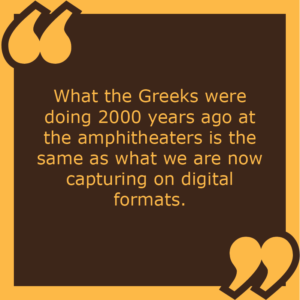
Navarretta: Thank you for acknowledging that. I made the kind of movie I would want to see. I never grew up on Hollywood movies. I grew up watching Italian films with my parents where nothing explodes, the protagonist doesn’t fly and there is no shark that kills everyone by the end. They were “simple” films, slices of life in the neo-realistic style, with subtle arcs but left me satisfied and reflecting on life. The American films of the 1970s really influenced me later on, as well, which inspired the deliberate use of vintage Cooke Pancros refurbished lenses. I give a lot of credit to my cinematographer, Celiana Cardenas, who was able to manifest the look I wanted. I like classic storytelling, and allowing the characters and plot to drive the story. In terms of the material, I was involved from the very beginning, so there is a lot of me in it, i.e: my fascination with Cuba or the use of Afro-Cuban jazz. Making The Cuban was a very personal journey and in some ways cathartic. It was a way of dealing with the loss of my father and all the stories that died with him.
TrunkSpace: You wore many hats on the film as you do with many of your projects. Does director Sergio ever butt heads with producer Sergio in terms of what one wants to accomplish creatively and what the other knows is possible given budget and time constraints?
Navarretta: I think I’ve become good at it and the older I get, the more credit I give myself. I am a people person and passionate about what I do, so I find it difficult to delegate. I like being involved in all the aspects of production and being a part of the problem solving that inevitably needs to happen. It helps me appreciate the entire process a lot more. But at the same time, I have been working with my partner, Alessandra Piccione, for several years now. I know she has my back, so when my director hat is on I can rest assured and be there 100%. We have a trust that is essential when you are completely immersed in a project like this. Ultimately, I try not to argue with myself, and go over-budget, for example. The biggest lesson I have learned is to never compromise and always give it your all, even when it seems impossible or even when budget and time are a limitation.
TrunkSpace: What is a compromise that you had to make as a director on The Cuban that you feel actually ended up benefiting the end product? Was there a happy accident that occurred that ultimately turned out better in the end?
Navarretta: Yes, definitely. Shooting in Cuba, even with the best intentions, was not something we could really plan for. I went down with my very seasoned crew for a four-day second unit shoot and ended up moving to Havana for several weeks. We started with a traditional approach: scouting, having production meetings, trying to break through cultural barriers, language barriers, etc. But when it came time to shoot, we were forced to throw the plan out the window and I had to think quickly on my feet. Thankfully, Havana is an incredibly creative and culturally-vibrant place, and with no cell phone or other life distractions I found myself completely in the present moment. A lot of the shots that made it into the film from Cuba came out of my imagination while I was there. In the end, it taught me to trust the process. What will be will be, and that sometimes you just need to surrender and be okay with that.
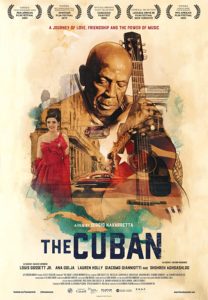 TrunkSpace: For fans, the final product of a film or series is always the most memorable part, but for those involved in a project, we’d imagine it goes much deeper than that. For you, what is something about your time working on The Cuban that you’ll carry with you through the course of your life/career?
TrunkSpace: For fans, the final product of a film or series is always the most memorable part, but for those involved in a project, we’d imagine it goes much deeper than that. For you, what is something about your time working on The Cuban that you’ll carry with you through the course of your life/career?
Navarretta: That is a great question. The thing I will remember most fondly is meeting the legendary Lou Gossett Jr. Being at his home in Malibu for the first time was surreal. When you spend your whole life fantasizing about this elusive mirage called Hollywood, and you have the opportunity to work with (and eventually become friends with) a living legend, you realize that anything is possible and if you are going to spend three or more years on a project, you may as well make something that says something important. Making a movie because it’s cool to make a movie does not appeal to me and frankly would never get me through those days where you want to give up. Also, I’ve always wanted to work with Shohreh Aghdashloo, so I remember the day I was directing her for the first time on set and thinking ‘is this for real’? I sat behind the monitor and thought, man it doesn’t get much better than this.
TrunkSpace: What are you most proud of with the film?
Navarretta: I am really proud of the score, and working with world class musicians like Hilario Duran. He is a real virtuoso, and brought magic to the experience. We recorded the music prior to shooting the film, so those compositions are in my bones. Every time I hear any of those tracks, it brings me right back there. I am also proud of the look. The film is beautiful to look at, and I was able to use visual language to tell a story in a way I never could before.
TrunkSpace: There’s a lot of uncertainty ahead of us, but how do you think our collective COVID-19 experience will impact the film industry long term?
Navarretta: I think ultimately change is imminent and as an artistic community we will continue to adapt as the industry always has. I lived through shooting on film and having to move to digital fairly quickly. The medium changes, the industry evolves but at the core is classic storytelling. What the Greeks were doing 2000 years ago at the amphitheaters is the same as what we are now capturing on digital formats. If anything, because of the new COVID-19 protocols for sets it will become more expensive and complicated to shoot, I think it will force us to look even more closely at the content we are making and why we are making it. Maybe it is a renaissance period, and like the 1970s amazing projects will come out of it. Every once in a while you need a shake up to bring things back to the core of the matter, which in this case is a powerful art form that is a means to communicate and to move people emotionally.
TrunkSpace: Where are you hardest on yourself as a director and how do you overcome those insecurities when they make an appearance?
Navarretta: I am hardest on myself when it comes to pushing beyond my comfort zone. Change is always scary, but thankfully I have a burning curiosity to explore new things. Somehow I’ve been wired to act in spite of fear, and jump into situations that terrify me. That is how I overcame debilitating anxiety, and am able to do what I do today. It also helps when the driving force is helping others somehow. I never want to let people down so making absurd commitments helps build confidence and gets me out of bed in the morning.
TrunkSpace: What has been the highlight of your career as a whole thus far?
Navarretta: I have had so many monumental moments over the years, traveling to film festivals all over the world and meeting filmmakers and actors I have always admired. I would say the highlight was at the premiere of my first film, Looking for Angelina, where Jan Harlan, who was Stanley Kubrick’s long time producer and brother in law, was in the audience. After he saw the film, he told me he enjoyed it very much and we later sat on a panel together discussing the filmmaking process. Having an intimate look into the life of a master like Kubrick is something I will never forget.
TrunkSpace: Time machine question. If you could jump ahead 10 years and get a glimpse of what your career looks like a decade from now, would you take that journey? If not, why?
Navarretta: I prefer not to know. What I didn’t know is what got me here in the first place. If someone would have told me how hard it would be and how much I would need to suffer to continue doing what I love, I would have definitely given up a long time ago. There is nothing rational about this. Ignorance is bliss and the discovery of things as well as the mystery of life is what makes it fascinating. Also, I’m terrified of disappointment so it’s best to live in the present moment, and not be too concerned with a past that doesn’t exist anymore, nor a future that is not guaranteed. Isn’t this a big part of the message of The Cuban? The music brings the characters into the present moment, which is what life is all about.
The Cuban is available now via virtual cinemas. For more information, please visit here.


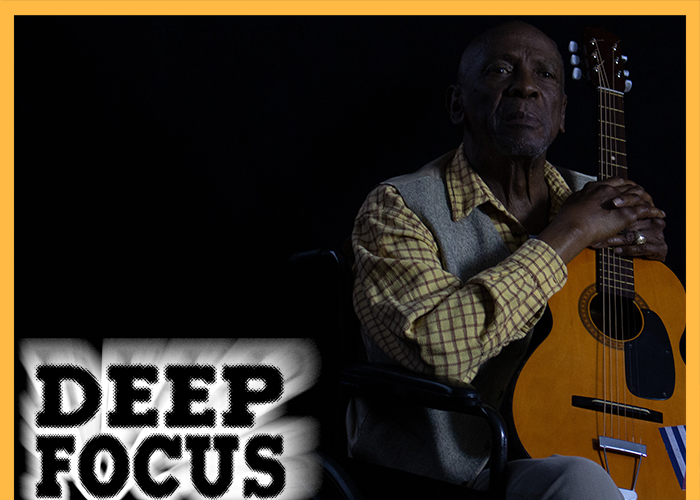
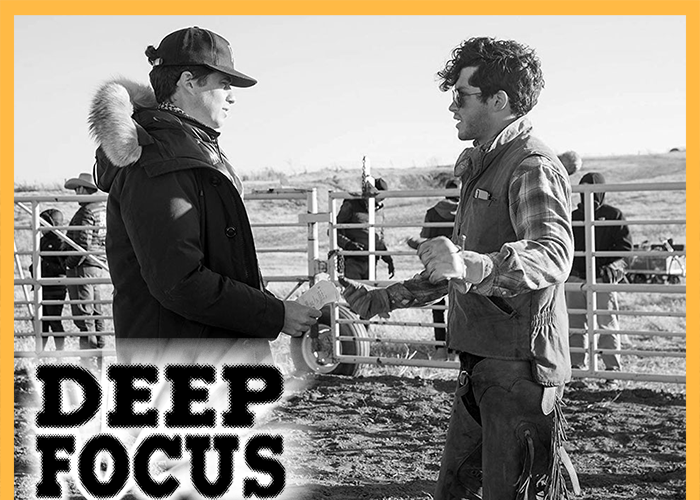
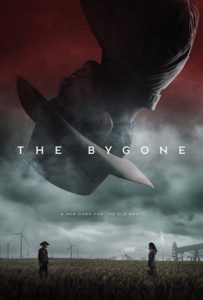 In our ongoing column Deep Focus, TrunkSpace is going behind the camera to talk with the directors, writers and producers who infuse our world with that perennial pop culture goodness that we can’t get enough of.
In our ongoing column Deep Focus, TrunkSpace is going behind the camera to talk with the directors, writers and producers who infuse our world with that perennial pop culture goodness that we can’t get enough of.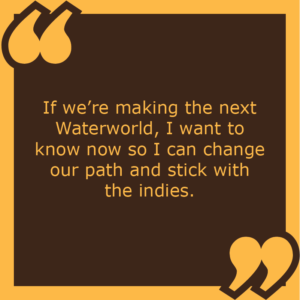
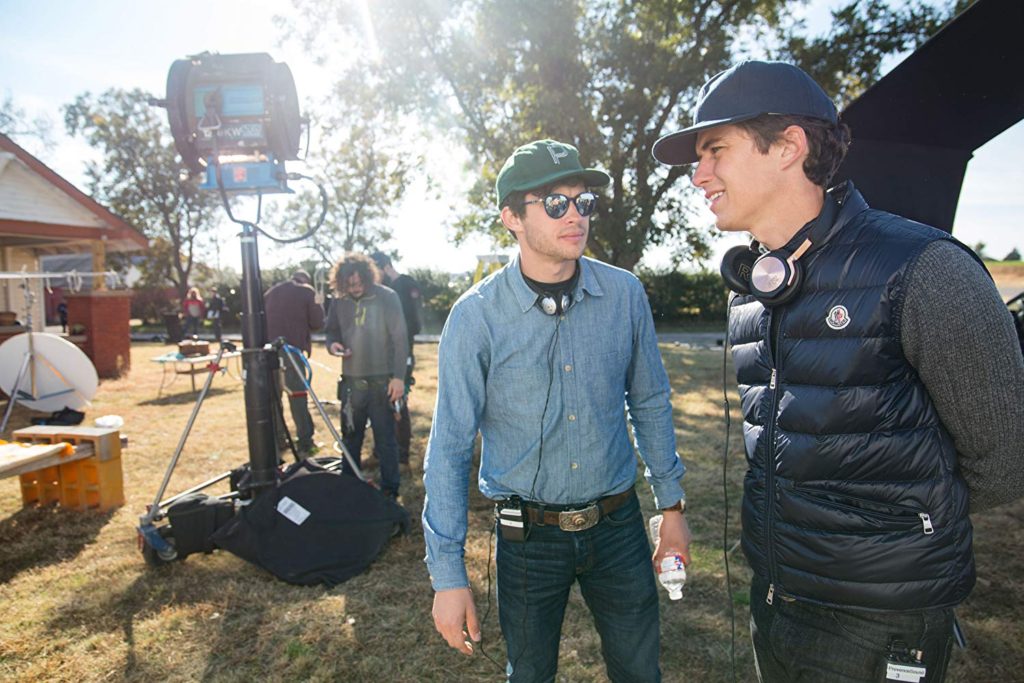
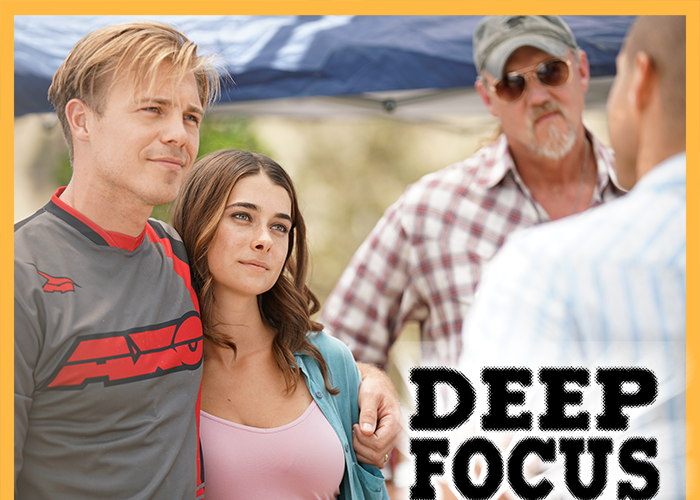
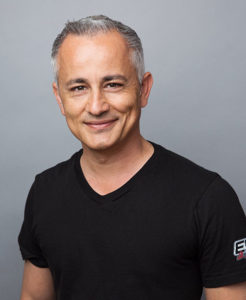 In our ongoing column Deep Focus, TrunkSpace is going behind the camera to talk with the directors, writers and producers who infuse our world with that perennial pop culture goodness that we can’t get enough of.
In our ongoing column Deep Focus, TrunkSpace is going behind the camera to talk with the directors, writers and producers who infuse our world with that perennial pop culture goodness that we can’t get enough of.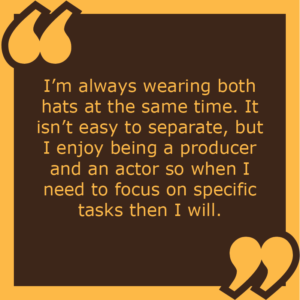 open up more interesting roles for not only yourself, but your fellow actors?
open up more interesting roles for not only yourself, but your fellow actors?
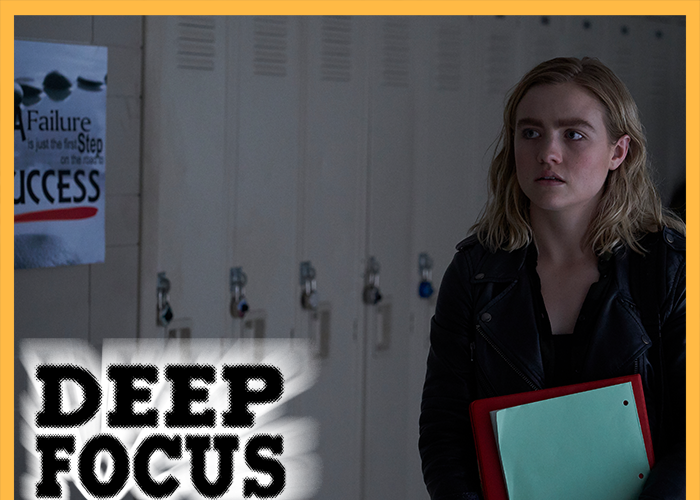
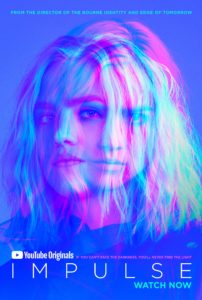 In our ongoing column Deep Focus, TrunkSpace is going behind the camera to talk with the directors, writers and producers who infuse our world with that perennial pop culture goodness that we can’t get enough of.
In our ongoing column Deep Focus, TrunkSpace is going behind the camera to talk with the directors, writers and producers who infuse our world with that perennial pop culture goodness that we can’t get enough of.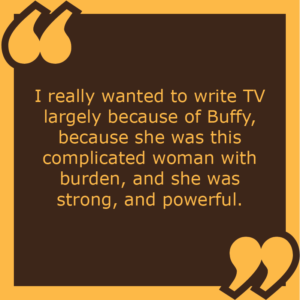 watching it on a bigger screen, truthfully. Because, I think, we try to be a very cinematic show. That doesn’t mean that I’m not aware that some people are going to watch it on their iPads or their phones, but the goal is not to cater to that particularly, but to maybe inspire people to want to see it on a bigger screen and to try to get more out of it. Especially, because we have a lot of visual effects, and our directors are so excellent. You really want to offer that on a bigger screen if you can. I’m aware of the different options people have – the lack of attention span sometimes people have. I don’t creatively think on that level in terms of how we break story and the stories that we come up with, but I’m very aware of it.
watching it on a bigger screen, truthfully. Because, I think, we try to be a very cinematic show. That doesn’t mean that I’m not aware that some people are going to watch it on their iPads or their phones, but the goal is not to cater to that particularly, but to maybe inspire people to want to see it on a bigger screen and to try to get more out of it. Especially, because we have a lot of visual effects, and our directors are so excellent. You really want to offer that on a bigger screen if you can. I’m aware of the different options people have – the lack of attention span sometimes people have. I don’t creatively think on that level in terms of how we break story and the stories that we come up with, but I’m very aware of it.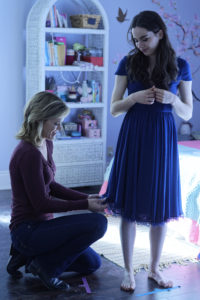
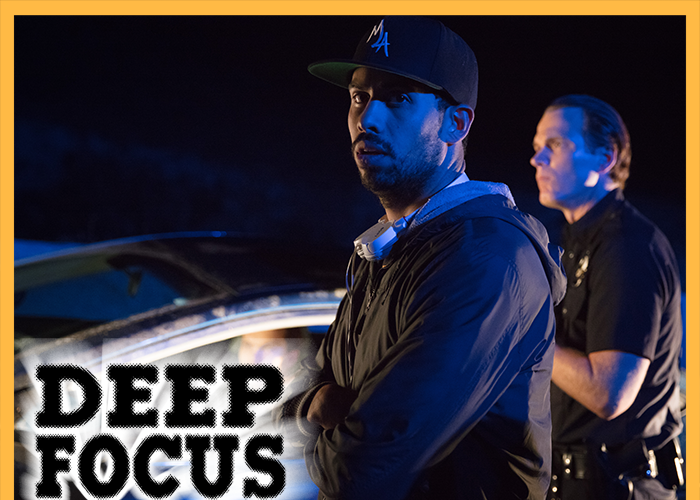
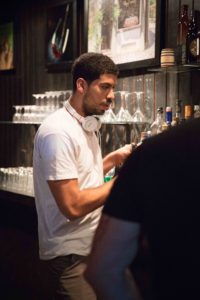 In our ongoing column Deep Focus, TrunkSpace is going behind the camera to talk with the directors, writers and producers who infuse our world with that perennial pop culture goodness that we can’t get enough of.
In our ongoing column Deep Focus, TrunkSpace is going behind the camera to talk with the directors, writers and producers who infuse our world with that perennial pop culture goodness that we can’t get enough of.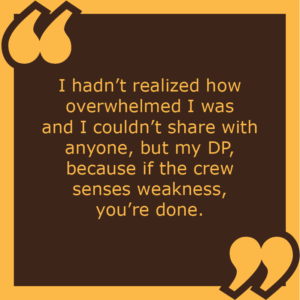
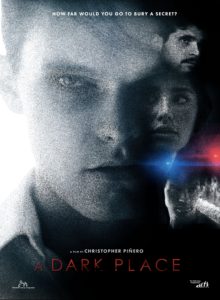 TrunkSpace: Do you think that bringing “A Dark Place” to life has altered your path? Has making this film changed how you look at your career as a whole?
TrunkSpace: Do you think that bringing “A Dark Place” to life has altered your path? Has making this film changed how you look at your career as a whole?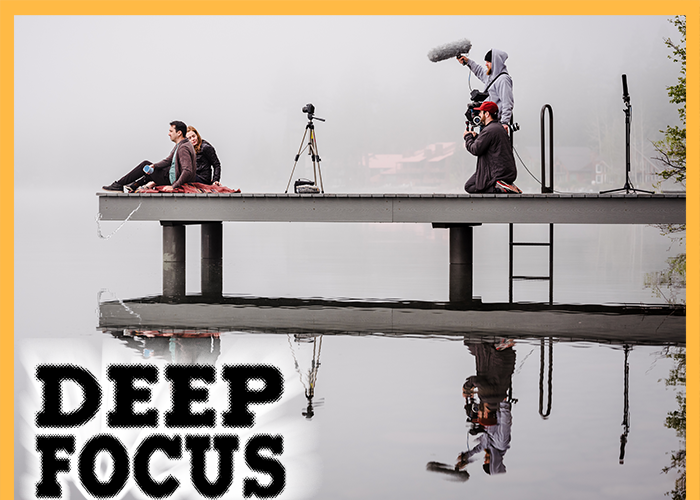

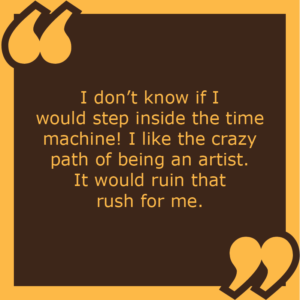
 TrunkSpace: Do you think bringing “Westfalia” to life has altered your path? Has making this film changed how you look at your career as a whole?
TrunkSpace: Do you think bringing “Westfalia” to life has altered your path? Has making this film changed how you look at your career as a whole?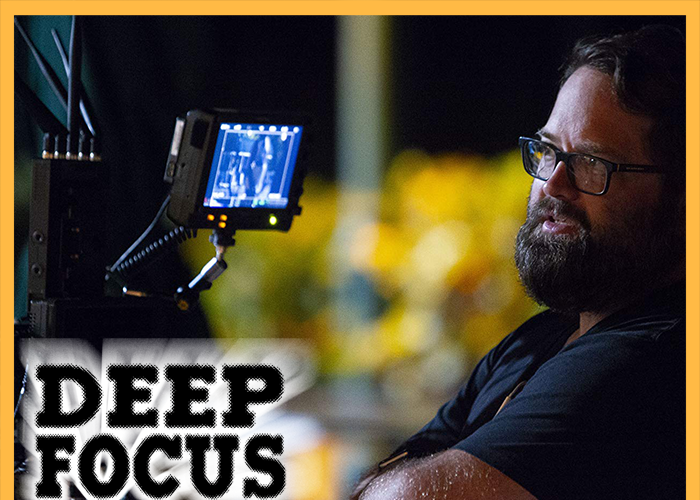
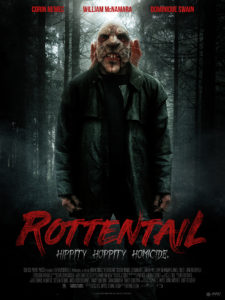 In our ongoing column Deep Focus, TrunkSpace is going behind the camera to talk with the directors, writers and producers who infuse our world with that perennial pop culture goodness that we can’t get enough of.
In our ongoing column Deep Focus, TrunkSpace is going behind the camera to talk with the directors, writers and producers who infuse our world with that perennial pop culture goodness that we can’t get enough of. Director Brian is like, “Oh shit, I only have 50 bucks.”
Director Brian is like, “Oh shit, I only have 50 bucks.” 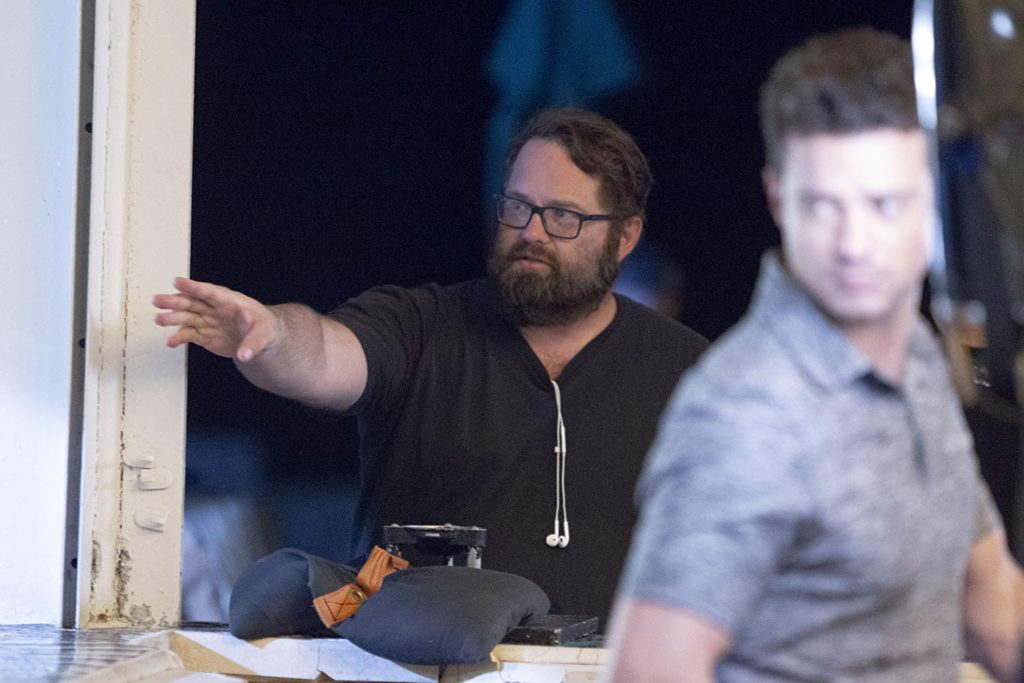

 In our ongoing column Deep Focus, TrunkSpace is going behind the camera to talk with the directors, writers and producers who infuse our world with that perennial pop culture goodness that we can’t get enough of.
In our ongoing column Deep Focus, TrunkSpace is going behind the camera to talk with the directors, writers and producers who infuse our world with that perennial pop culture goodness that we can’t get enough of.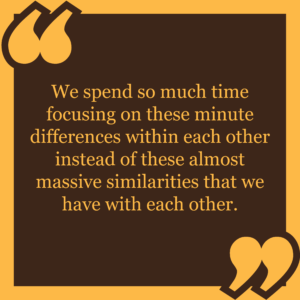 example would be, in the old draft Henry and Randy have this card hustle kind of thing they were doing. They were like small time thieves and the whole opening bit is this five minutes of them hustling people on the boardwalk to earn some cash, and then they get caught and they run from the cops. It’s like this totally different thing. And when I reread that draft, I was like, “First of all, we’re selling a character-driven story that’s going to seem more drama than comedy. We don’t necessarily need this action bit. We don’t have time to shoot this action bit. It’s not really relevant to the core of all these characters and getting people invested into them. So let’s just remove that bit totally.” Then as we started looking at certain cast members to play certain roles, we were able to highlight a lot of their own experiences with the spectrum in their own lives and the things they’ve gone through. I’ve been friends with Scout (Taylor-Compton) since I was like 12 years old. I’ve had the fortune of growing up with her and learning about her. We’ve been friends for a long time, and she’s one of the most incredible actors I know. And when she decided to sign on for Cassie it was like, “Oh, I have this wealth of personal experiences that I have with Scout and with my friendship, and throughout collaborating, and throughout the years that we can put into this character Cassie. And she can have all these different layers to it just by what she’s thinking.” And that’s really what we did is we went through and we fleshed out all the characters and made them as relatable as possible.
example would be, in the old draft Henry and Randy have this card hustle kind of thing they were doing. They were like small time thieves and the whole opening bit is this five minutes of them hustling people on the boardwalk to earn some cash, and then they get caught and they run from the cops. It’s like this totally different thing. And when I reread that draft, I was like, “First of all, we’re selling a character-driven story that’s going to seem more drama than comedy. We don’t necessarily need this action bit. We don’t have time to shoot this action bit. It’s not really relevant to the core of all these characters and getting people invested into them. So let’s just remove that bit totally.” Then as we started looking at certain cast members to play certain roles, we were able to highlight a lot of their own experiences with the spectrum in their own lives and the things they’ve gone through. I’ve been friends with Scout (Taylor-Compton) since I was like 12 years old. I’ve had the fortune of growing up with her and learning about her. We’ve been friends for a long time, and she’s one of the most incredible actors I know. And when she decided to sign on for Cassie it was like, “Oh, I have this wealth of personal experiences that I have with Scout and with my friendship, and throughout collaborating, and throughout the years that we can put into this character Cassie. And she can have all these different layers to it just by what she’s thinking.” And that’s really what we did is we went through and we fleshed out all the characters and made them as relatable as possible. 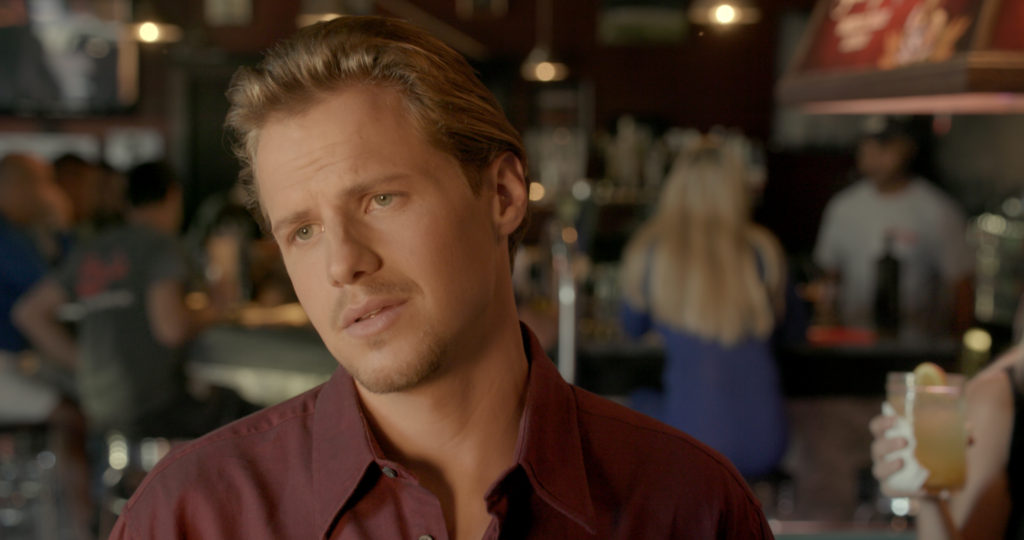

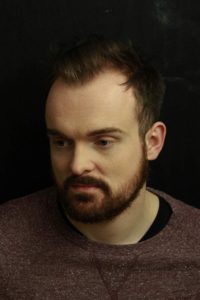
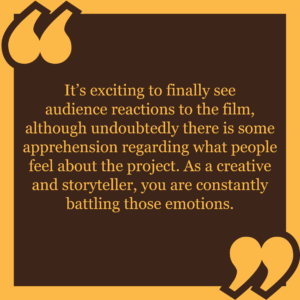 being said, the final clairvoyant scene was perhaps my greatest compromise. We had about twice the material written down, from what we shot, and had to creatively find a way to maintain the intensity without the added substance. Despite the compromise, it’s definitely the scene I am most proud of.
being said, the final clairvoyant scene was perhaps my greatest compromise. We had about twice the material written down, from what we shot, and had to creatively find a way to maintain the intensity without the added substance. Despite the compromise, it’s definitely the scene I am most proud of.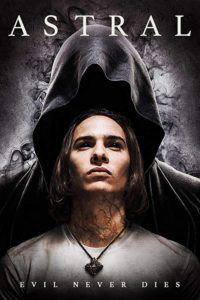 TrunkSpace
TrunkSpace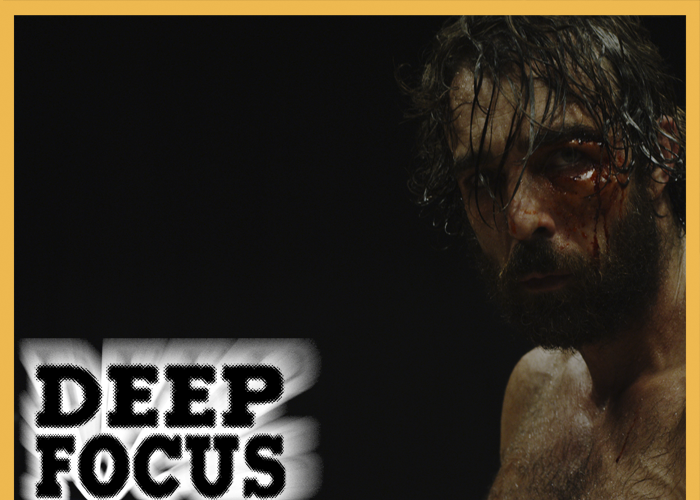
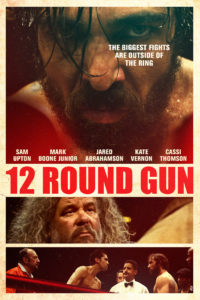 In our ongoing column Deep Focus, TrunkSpace is going behind the camera to talk with the directors, writers and producers who infuse our world with that perennial pop culture goodness that we can’t get enough of.
In our ongoing column Deep Focus, TrunkSpace is going behind the camera to talk with the directors, writers and producers who infuse our world with that perennial pop culture goodness that we can’t get enough of. film represents the truest form of independent filmmaking. This was an all-hands-on-deck venture. There are so many people, whom without their hard work and dedication, we wouldn’t be talking today. Needless to say, I’m beyond proud of the film, and I hope it will affect people somehow.
film represents the truest form of independent filmmaking. This was an all-hands-on-deck venture. There are so many people, whom without their hard work and dedication, we wouldn’t be talking today. Needless to say, I’m beyond proud of the film, and I hope it will affect people somehow.